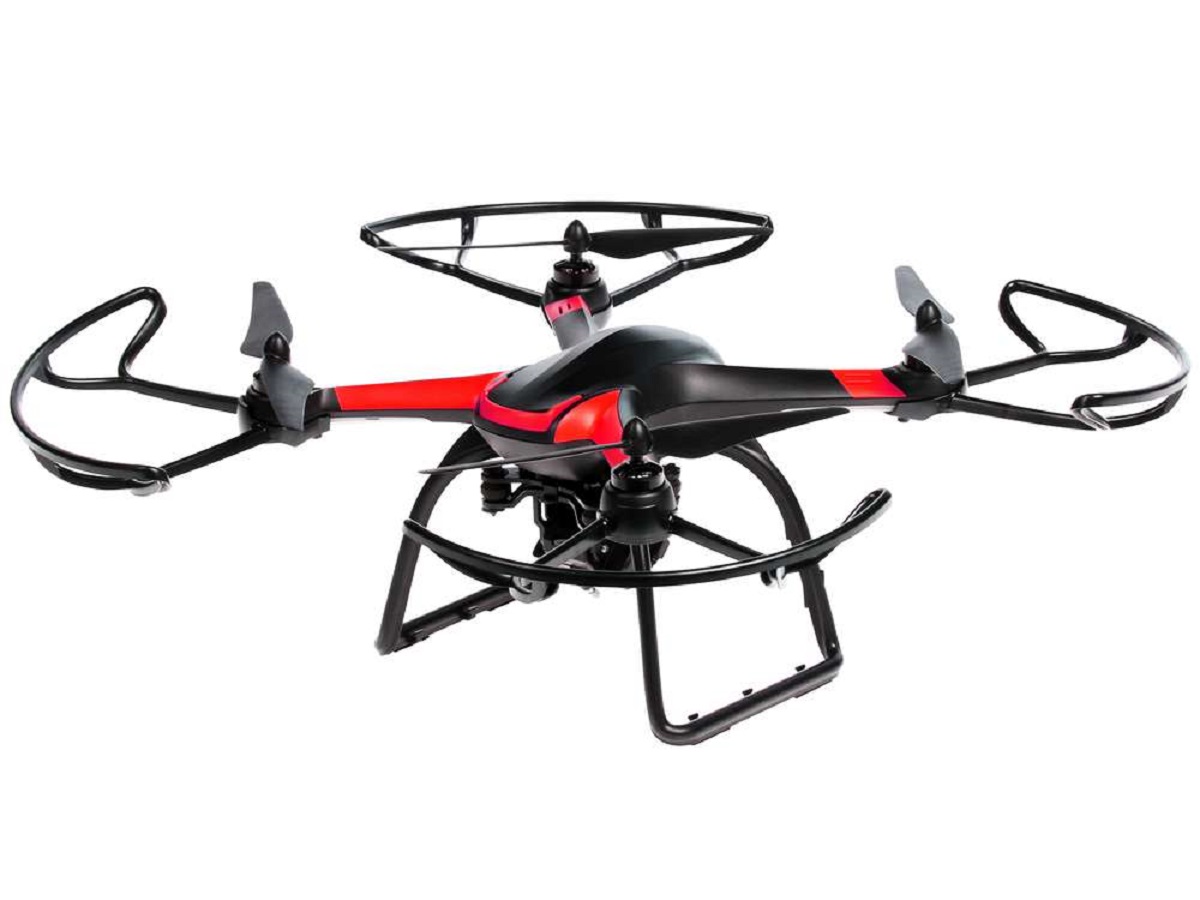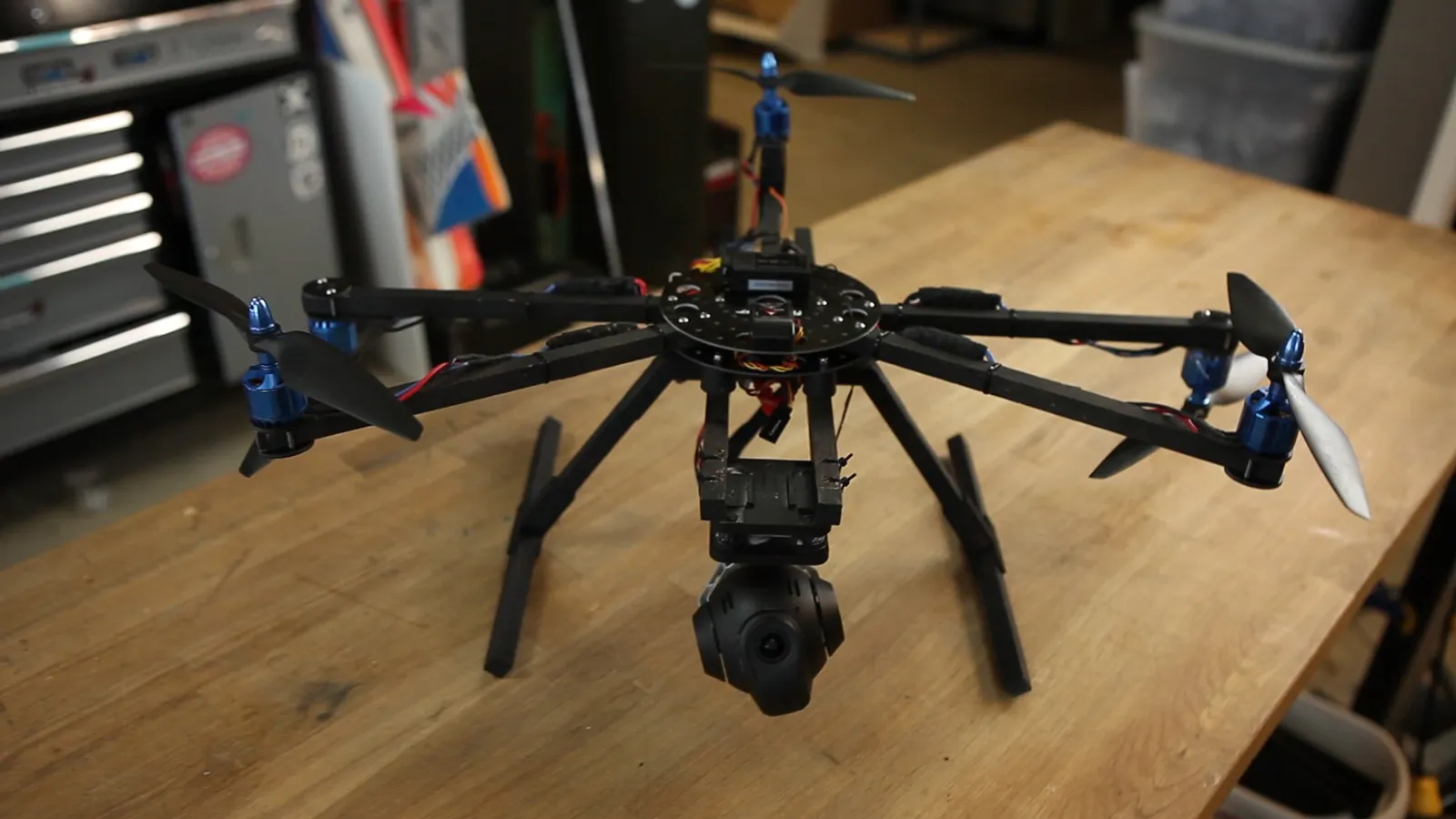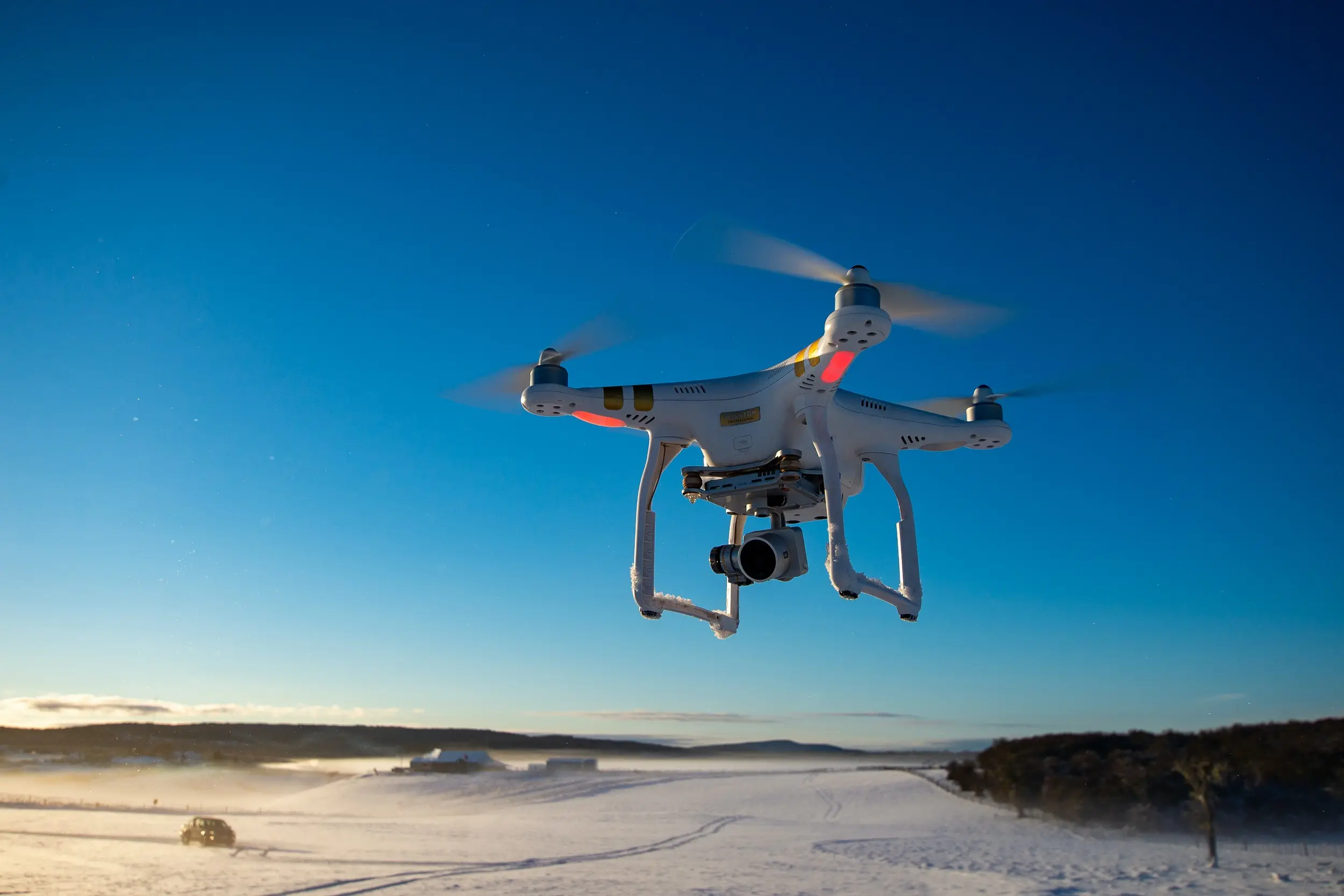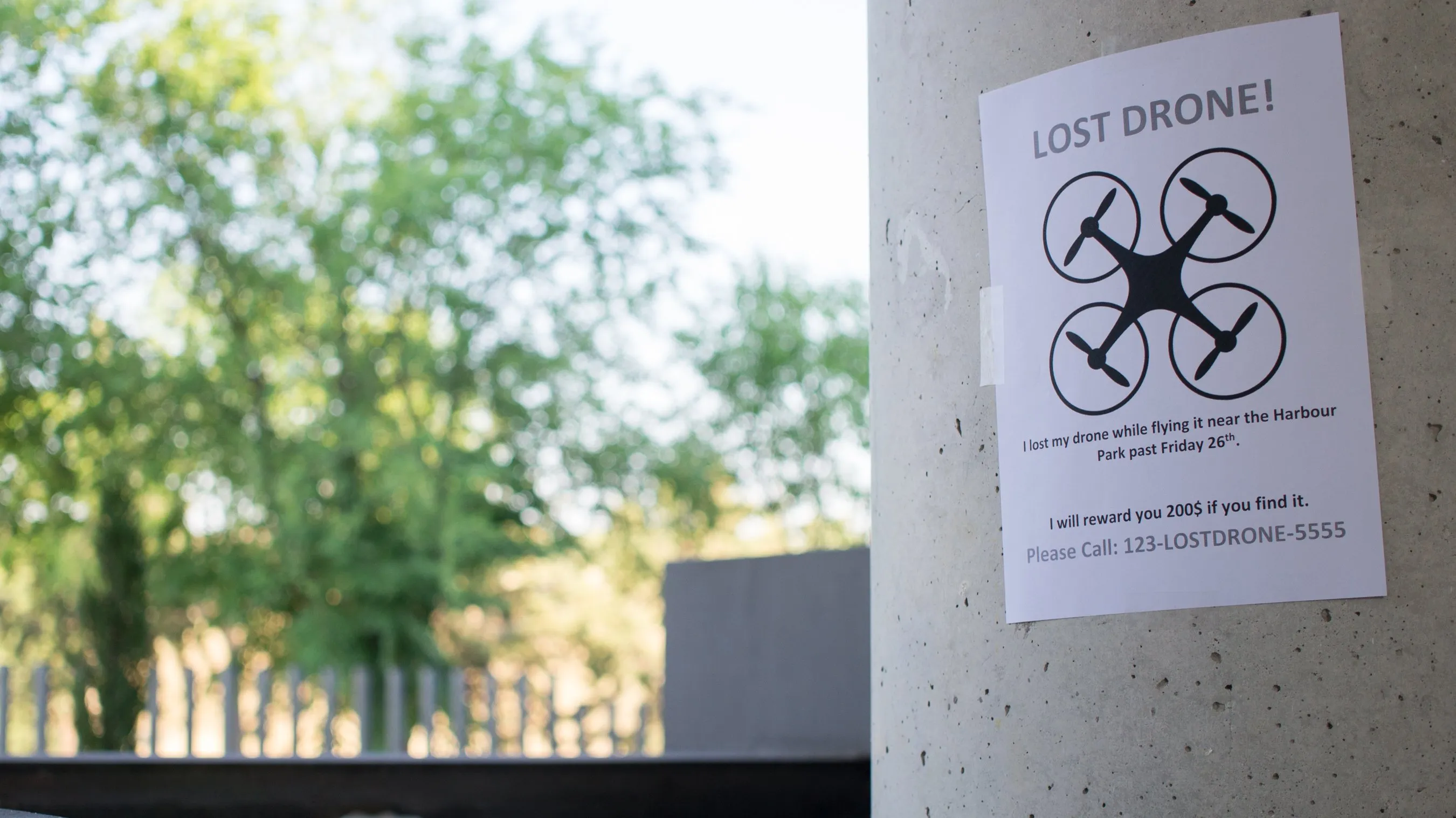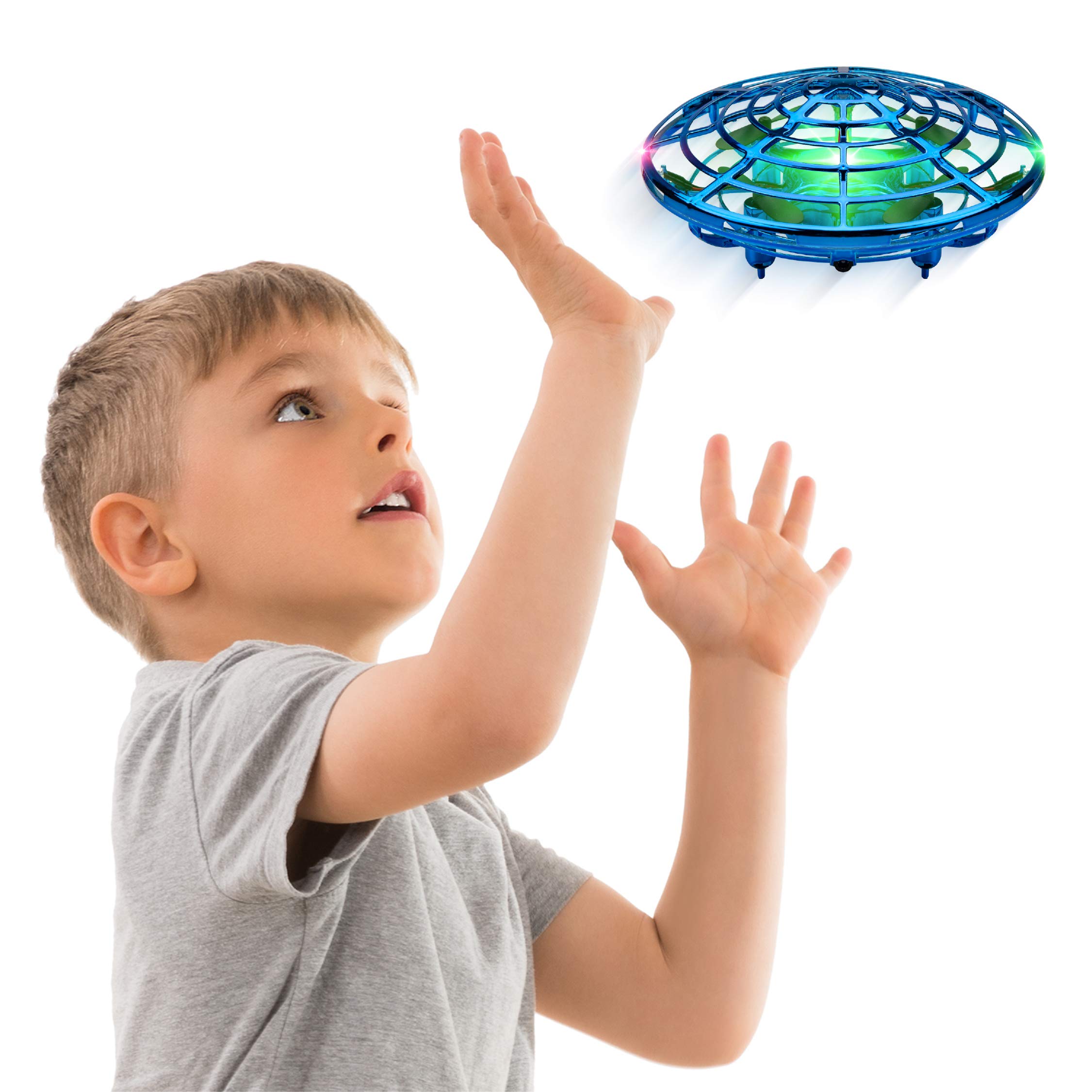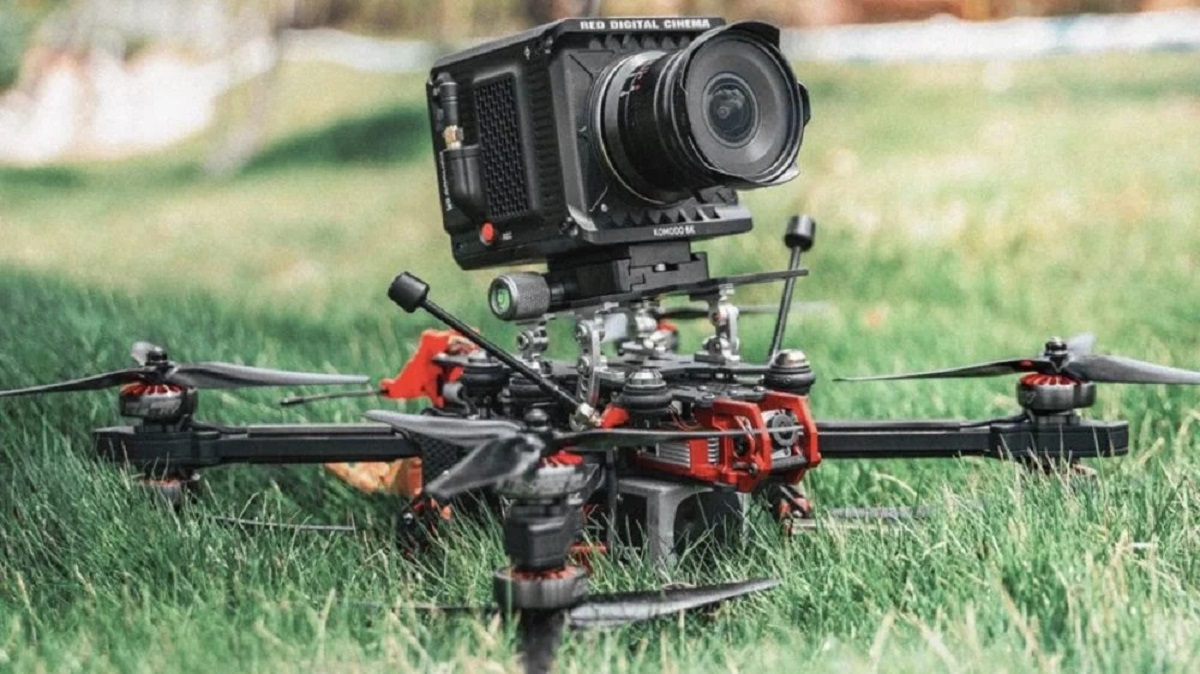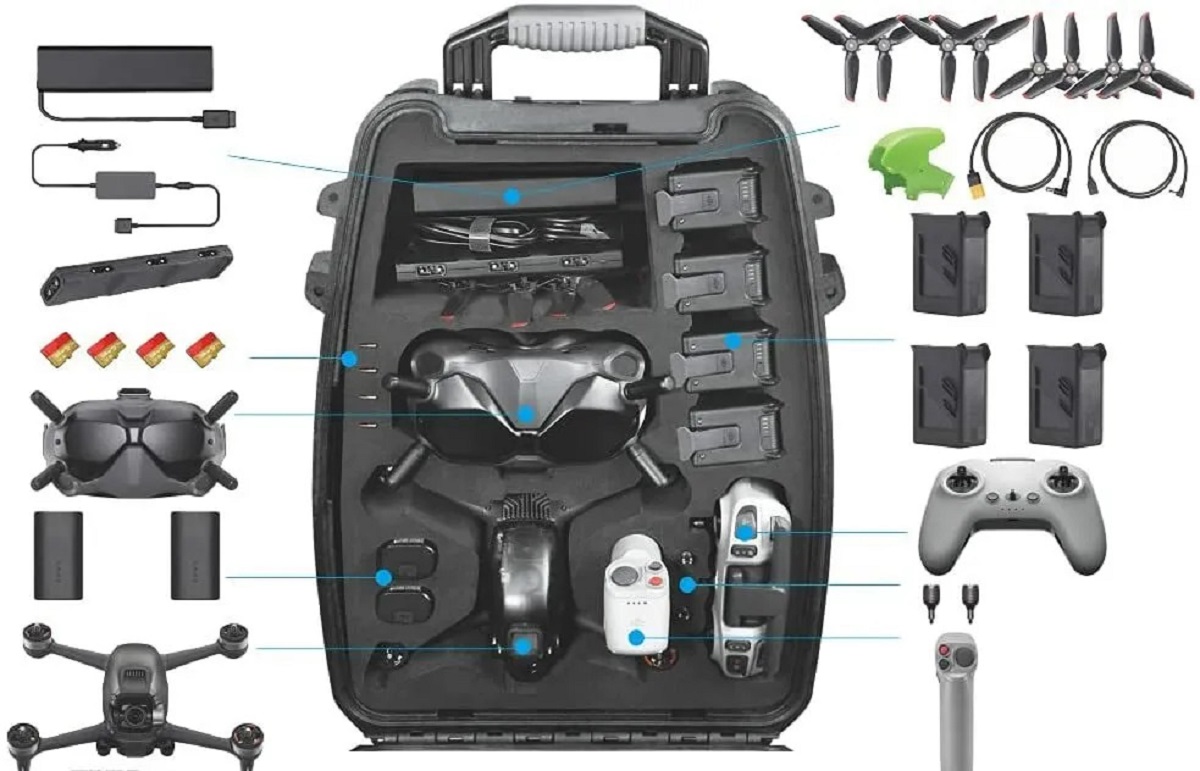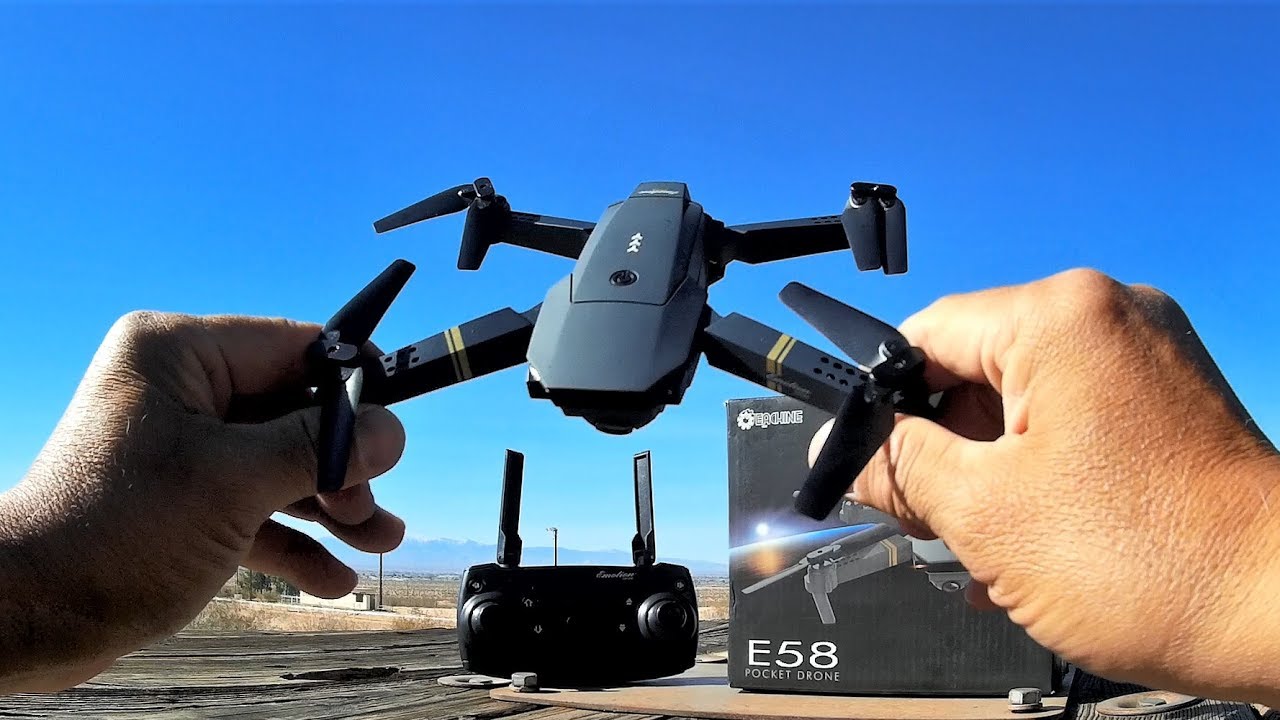Introduction
Welcome to the exciting world of drones, where flying machines have revolutionized various industries and captured the imagination of both enthusiasts and professionals alike. Drones, also known as unmanned aerial vehicles (UAVs), have become increasingly popular in recent years due to their versatility, functionality, and ease of use. From military operations to civilian applications, drones have changed the way we view and interact with the world.
In this article, we will delve into the meaning and origins of the word “drone,” exploring its evolution from a term associated with male bees to its current usage in the realm of unmanned aerial vehicles. Additionally, we will discuss the various applications of drones, how they have evolved over time, and the controversies surrounding their use.
So, whether you are a drone enthusiast, a curious observer, or simply someone intrigued by technological advancements, you are in for an informative and engaging read. Let’s take off into the world of drones and uncover the fascinating story behind this extraordinary word.
Definition of the Word Drone
The word “drone” has multiple meanings, but in the context of unmanned aerial vehicles (UAVs), it refers to a pilotless aircraft that is controlled remotely or operates autonomously. Drones are equipped with various sensors, cameras, and communication systems that allow them to perform a wide range of tasks without the need for human intervention.
The term “drone” originally referred to male bees whose sole purpose was to mate with the queen bee. These male bees were identified by their low buzzing sound, which resembles the sound produced by UAVs in flight. Hence, the term was adopted to describe the unmanned aircraft that emit a similar buzzing noise.
Today, drones come in various shapes and sizes, ranging from small quadcopters to large fixed-wing aircraft. They can be used for a multitude of purposes, including aerial photography and videography, surveying and mapping, search and rescue operations, delivery services, and even recreational activities. With advancements in technology, drones have become more accessible, affordable, and capable of carrying out complex tasks.
Furthermore, drones are often equipped with GPS systems, allowing them to navigate and maintain a stable position in the air. They are powered by rechargeable batteries or fuel cells and can stay aloft for extended periods, depending on their size and payload capacity.
It is important to note that the term “drone” is sometimes used interchangeably with other terms such as UAVs, remotely piloted aircraft (RPA), or unmanned aircraft systems (UAS). These terms essentially refer to the same concept of a pilotless aircraft but may differ slightly in their specific definitions.
Origins of the Term “Drone”
The term “drone” has an interesting history that dates back to ancient times. The word itself has its origins in the Old English word “drān,” which means “male honeybee.” This association with male bees is how the term “drone” eventually became connected with unmanned aircraft.
In medieval Europe, people observed the behavior of male bees, often referred to as drones, within a beehive. These male bees had no stingers and were known for their distinctive buzzing sound. The buzzing noise produced by male bees during flight is reminiscent of the sound emitted by today’s unmanned aerial vehicles.
Fast forward to the early 20th century, when the development of unmanned aircraft began to take shape. British engineer Archibald Low is credited with using the term “drone” to describe a specific type of aircraft. During World War I, Low developed the Aerial Target, a pilotless aircraft intended for target practice. The Aerial Target was referred to as a “drone” due to its autonomous flight capabilities and lack of a human pilot.
Since then, the term “drone” has become widely used to describe various types of unmanned aircraft, both in military and civilian contexts. It has become synonymous with the idea of a pilotless flying device that operates remotely or autonomously.
It is worth noting that while the term “drone” is commonly associated with unmanned aerial vehicles today, it can also refer to other autonomous or remotely operated devices. For instance, underwater drones are used in marine exploration and research, while land-based drones, known as ground robots, are utilized in various industrial and agricultural applications.
Overall, the term “drone” has undergone a linguistic evolution, from a reference to male bees to its application in the field of unmanned aircraft. It has become a widely recognized and accepted term that encompasses a diverse range of autonomous and remotely operated machines.
Drone in Military Usage
Military usage of drones has been a significant driving force behind the development and advancement of unmanned aerial vehicles. Drones have become invaluable tools in modern warfare, offering various capabilities and advantages over conventional manned aircraft.
One of the primary purposes of military drones is reconnaissance. Unmanned aircraft equipped with advanced cameras and sensors can gather critical intelligence by capturing high-resolution imagery, conducting surveillance, and monitoring enemy movements. Drones can fly at low altitudes and operate in dangerous or hostile environments with minimal risk to human pilots.
Furthermore, armed drones, also known as combat drones or unmanned combat aerial vehicles (UCAVs), have emerged as powerful weapons on the battlefield. These drones are equipped with guided missiles or bombs and can be remotely controlled by operators located thousands of miles away. They can carry out precision strikes against enemy targets, minimizing collateral damage and reducing the risk to ground troops.
Another significant advantage of military drones is their ability to perform long-endurance missions. With extended flight times, drones can provide continuous surveillance, monitor military installations or borders, and maintain a vigilant presence in the skies. They can be deployed for extended periods without the need for crew rest or refueling, making them highly cost-effective and efficient assets for military operations.
Drones also play a crucial role in military exercises and training scenarios. They simulate realistic scenarios and provide a platform for pilots to practice combat maneuvers, target acquisition, and coordination with other military assets. These simulated missions help improve pilot skills, enhance decision-making abilities, and ensure preparedness for real-world combat situations.
It is important to note that military drones have not been without controversy. Critics argue that the use of drones raises ethical concerns, particularly regarding civilian casualties and the potential for disproportionate use of force. Additionally, there are concerns about privacy and the implications of constant surveillance by unmanned aircraft.
Despite the controversies, there is no denying the significant impact of drones on military operations. They have revolutionized warfare by providing enhanced reconnaissance capabilities, precision strikes, and cost-effective surveillance. As technology continues to advance, we can expect further developments in military drones, as they continue to shape the future of modern warfare.
Civilian Applications of Drones
Beyond military usage, drones have found a wide range of applications in various civilian industries. These unmanned aerial vehicles have opened up new possibilities and opportunities in fields such as photography, filmmaking, agriculture, infrastructure inspection, and many more.
In the realm of aerial photography and videography, drones have revolutionized the way we capture stunning visuals. Professional photographers and filmmakers can use drones to capture breathtaking aerial shots that were once only possible with expensive helicopter rentals. The ability to maneuver in the sky and capture unique perspectives has elevated the quality of visual content in industries such as real estate, tourism, and advertising.
Agriculture is another sector that has greatly benefited from drone technology. Farmers can now use drones equipped with sensors and cameras to survey crops, monitor irrigation systems, and assess plant health. By gathering detailed data, drones assist in precision farming, allowing farmers to optimize resource allocation, increase yields, and reduce costs.
Infrastructure inspection is another area where drones have proven to be highly valuable. Instead of sending humans to inspect tall buildings, bridges, or power lines, drones equipped with high-resolution cameras and thermal imaging capabilities can efficiently examine structures for any signs of damage or defects. This not only improves safety for inspectors but also saves time and reduces costs associated with traditional inspection methods.
Delivery services have also embraced drone technology, with companies like Amazon and Google testing the use of drones for package delivery. Drones offer the potential for faster and more efficient delivery in urban areas, alleviating traffic congestion and reducing carbon emissions associated with traditional delivery vehicles.
Search and rescue operations have also been transformed by the use of drones. These unmanned vehicles can be equipped with thermal cameras, GPS, and other sensors to aid in locating missing persons or providing aerial support in disaster-stricken areas. Drones can access areas that are inaccessible or too dangerous for humans, assisting rescuers in their efforts and potentially saving lives.
These are just a few examples of the numerous civilian applications of drones. As technology continues to advance, the possibilities for drone usage are expected to expand further, benefiting industries ranging from construction and environmental monitoring to wildlife conservation and beyond.
How Drones Have Evolved
Since the early days of unmanned aircraft, drones have undergone significant advancements and transformations. The evolution of drone technology has been driven by improvements in aerodynamics, materials, electronics, and miniaturization, resulting in more sophisticated and capable unmanned aerial vehicles.
In the early stages, drones were primarily used for military purposes. They were large, expensive, and could only be operated by skilled personnel. However, with advancements in technology, drones have become smaller, more affordable, and widely accessible to the general public.
One of the key advancements in drone technology has been the development of multi-rotor drones, particularly quadcopters. These drones, equipped with four rotors, provide enhanced stability and maneuverability, allowing for easier control and navigation. Multi-rotor drones have become popular among hobbyists, photographers, and filmmakers due to their versatility and ability to capture stunning aerial shots.
Another major development in the evolution of drones is the integration of GPS systems. GPS-enabled drones can autonomously navigate, hold their position in the air, and return to a designated home point. This feature not only simplifies flight control but also enables advanced functionalities such as waypoint navigation, follow me mode, and geofencing for safe and restricted flying zones.
Advancements in camera technology have also played a significant role in the evolution of drones. Early drones were equipped with basic cameras that provided low-quality imagery. However, modern drones are equipped with high-resolution cameras, gimbals for stabilization, and advanced image processing capabilities. This allows for the capture of professional-grade aerial photographs and videos.
Battery technology has also improved, resulting in longer flight times for drones. In the past, drones could only fly for a few minutes before the battery needed to be recharged. Nowadays, drones equipped with lithium-ion batteries can stay aloft for extended periods, ranging from 20 minutes to over an hour, depending on the model and payload.
The development of autonomous flight capabilities has also been a notable milestone in drone evolution. Autonomous drones can perform pre-programmed flights, follow waypoints, and execute specific tasks without the constant input from operators. This has expanded the range of applications for drones, including surveying, mapping, and data collection.
As drone technology continues to advance, we can expect further improvements in areas such as obstacle avoidance, artificial intelligence, and communication between multiple drones. These advancements will enhance the safety, capabilities, and overall user experience of drones.
Current Controversies Surrounding Drones
The increasing prevalence of drones has not come without its share of controversies. While drones offer numerous benefits and possibilities, they have also raised concerns and sparked debates on various fronts.
One of the primary concerns surrounding drones is privacy. As drones become more affordable and accessible, there is a fear that their widespread use could infringe upon individuals’ privacy rights. Drones equipped with cameras can capture images or videos of people without their consent, leading to concerns about surveillance and invasive monitoring.
Furthermore, the potential for misuse or illegal activities involving drones is a significant concern. There have been instances of drones being used to smuggle contraband into prisons, invade restricted airspace near airports, or harass individuals. Ensuring proper regulation and enforcement is essential to prevent misuse and protect public safety.
The issue of airspace regulations is another area of controversy. Unmanned aircraft operating in the same airspace as manned aircraft raises concerns about collision risks and the need for strict regulations to maintain safety. It is crucial for drone operators to abide by established rules, such as flying in designated areas and maintaining a safe distance from airports and other sensitive locations.
Additionally, the use of drones in warfare has generated ethical debates. The capability of armed drones to carry out targeted killings remotely raises questions about the potential for abuse and the implications for civilian casualties. The ethical considerations surrounding the use of lethal force by unmanned systems continue to be a sensitive topic of discussion.
Environmental impact is another aspect that has garnered attention. The noise pollution caused by drones, especially in densely populated areas, can be disruptive and cause discomfort to individuals. Furthermore, the carbon footprint associated with the manufacture, operation, and disposal of drone batteries raises concerns about their environmental sustainability.
Addressing these controversies requires a combination of responsible drone operation, appropriate regulations, and public education. Striking a balance between innovation and privacy, ensuring proper enforcement of regulations, and fostering open dialogue on the ethical implications of drone technology are key steps towards resolving these concerns.
Overall, while drones offer immense potential for various applications, it is essential to navigate the controversies surrounding their use carefully. By addressing the concerns and implementing responsible practices, we can harness the benefits of drones while mitigating the potential negative impact on privacy, safety, and societal well-being.
Conclusion
The word “drone” has evolved from its humble origins as a term for male bees to encompass a wide range of unmanned aerial vehicles that have transformed various industries. Drones have become indispensable tools in military operations, providing enhanced reconnaissance capabilities, precision strikes, and cost-effective surveillance. In the civilian realm, drones have changed the game in areas such as photography, agriculture, infrastructure inspection, and delivery services.
The evolution of drone technology has been remarkable, with advancements in aerodynamics, materials, electronics, and miniaturization. From large, military-focused drones to affordable, consumer-friendly quadcopters, drones have become more accessible than ever before. The integration of GPS systems, high-resolution cameras, longer flight times, and autonomous flight capabilities has expanded the possibilities for drone usage.
However, the rise of drones has also brought along controversies. Concerns surrounding privacy, misuse, airspace regulations, and ethical considerations have raised valid points for debate. Ensuring responsible drone operation, proper regulations, and public education is crucial to addressing these concerns and striking a balance between innovation and societal well-being.
As drone technology continues to advance, we can expect further developments, challenges, and opportunities. Whether in military or civilian usage, drones are poised to play a significant role in shaping the future. By harnessing their potential while being mindful of the concerns they raise, we can continue to explore the vast potential of drones and make the most of their capabilities.







